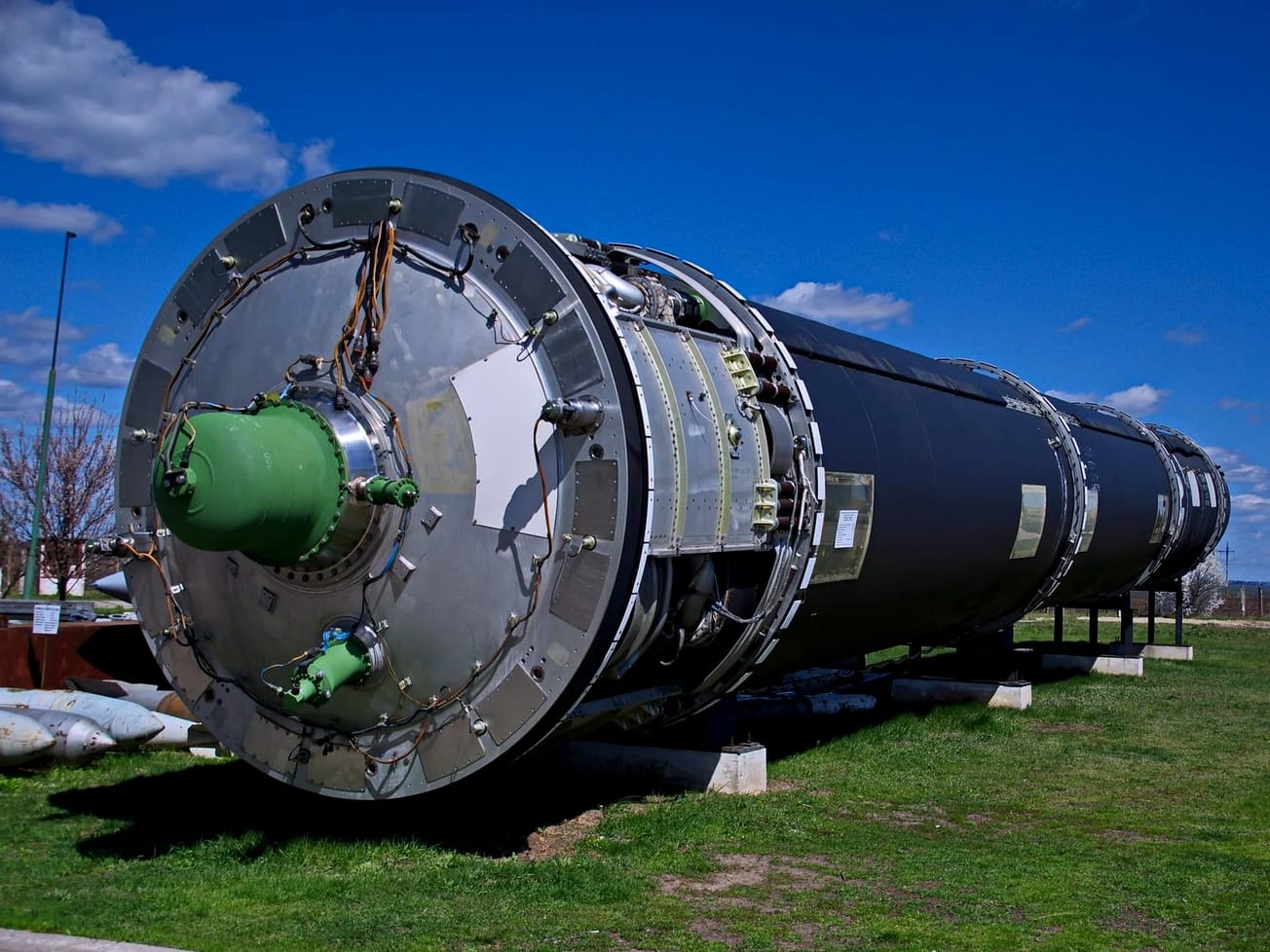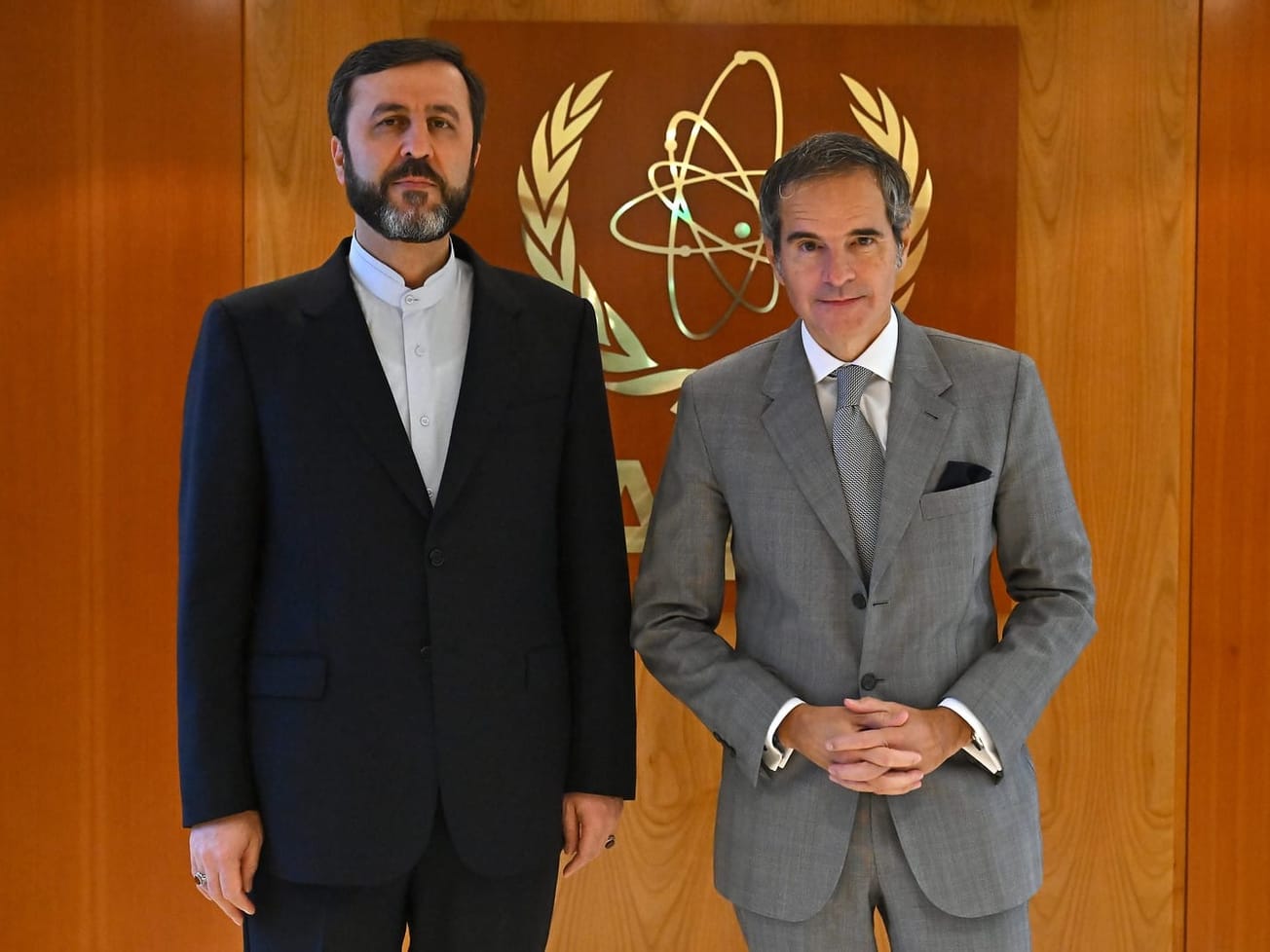BRUSSELS (AN) – Ahead of the Group of Seven summit in Hiroshima, humanitarian leaders demanded that world powers reduce nuclear tensions that have skyrocketed with Russia's expanded war in Ukraine.
It's not just in Ukraine. The threat from proliferation is rising among nations such as China, India, North Korea, Pakistan and Russia, which all have nuclear weapons, and nations such as Iran, which has long maintained it does not intend to develop them but has research technology that could be used to make them. And the U.S. is still the only country to have used nuclear weapons at war.









